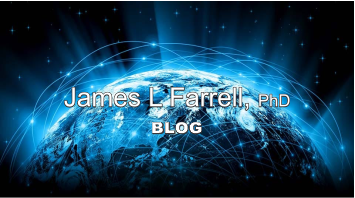Earth Rotation Adjustment for GPS/GNSS
A cursory glance at the GPS/GNSS adjustment for Earth rotation has placed a question in the minds of some analysts, wondering how that squares with Einstein. Speed of light invariance means that motion of the earth during
transit cannot affect a signal’s time of arrival. By making the adjustment implicit rather than explicit in the pseudorange expression, and enforcing coordinate frame consistency for vector subtraction, the paradox is resolved. The reasoning used here applies to satellite motion as well, but the point being made can be illustrated by focusing on Earth rotation only.
The compact form in
* Eq. (2.58) of
GNSS Aided Navigation & Tracking
and in
* the
explanation of double differences on this site
uses that concept, plus a common practice of including the full relativistic adjustment in the satellite clock correction.
A recent video discusses these issues while also explaining reliance of the book just cited on earlier references. The advantage of that reliance is brevity plus minimum distraction for readers already familiar. Inevitably there is an accompanying disadvantage; those lacking familiarity will have a perception of incompleteness. To close the gap, the first chapter cites
* three widely acclaimed references for satellite navigation, far more thorough than paraphrasing could have provided
* a pre-GPS book Integrated Aircraft Navigation covering fundamentals of Kalman filtering and inertial navigation.










